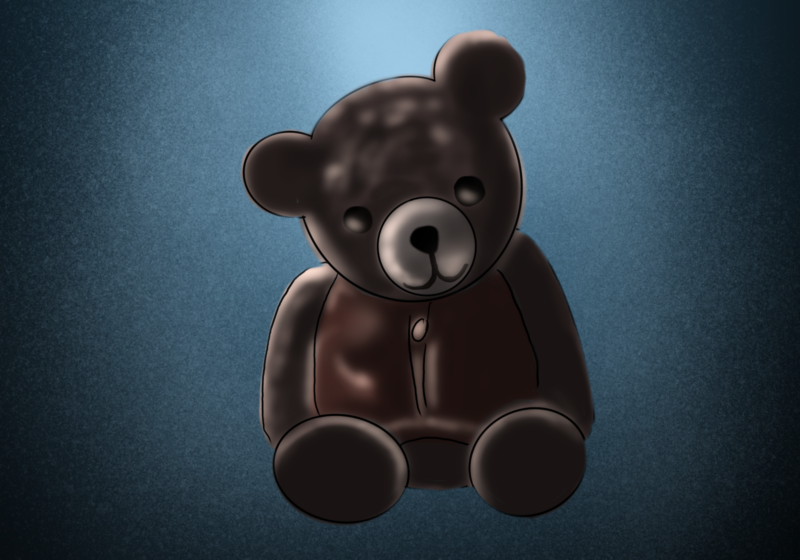Researchers at the UR Medical Center have shown, through researching how canaries create certain brain cells and working with mice, that stem-cell therapy may someday be used to help treat Huntington’s disease. This new finding was published on Sept. 20 in a paper in the Journal of Clinical Investigation.
Huntington’s is a disorder that results from a defective gene that kills important brain cells called medium spiny neurons. The disease is fatal and has no known treatments or cures.
One of the lead authors was Research Assistant Professor of Neural Molecular Medicine and Gene Therapy Abdellatif Benraiss, Ph.D.
Professor of Neurology, Neurosurgery and Pediatrics and Chief of the Division of Cell and Gene Therapy, Steven Goldman, M.D., Ph.D., is the lead author of the study. He has done considerable research over the past 20 years on brain cells, a field of study known as neurogenesis. He found that when a canary learns a new song, new brain cells are produced; these brain cells are the ones that are destroyed in patients with Huntington’s. By learning how the cells are developed in canaries, researchers hope to be able to learn how to regenerate them in humans.
Goldman implemented the process and molecular signaling of canary brain cell growth in mice that were affected by a form of Huntington’s using stem cells and gene therapy. The stem cells were suffused with certain genes, Noggin and BDNF (brain-derived neurotrophic factor), that helped direct their development into medium spiny neurons. The mice that were treated with the stem-cell therapy had considerably longer and healthier life spans and also had significantly more usable medium spiny neurons than the mice that were not treated.
Goldman hopes to potentially use this approach to treat patients. These treatments are being studied at the University, which houses a Huntington’s Disease Center of Excellence and is the base for the Huntington Study Group.
Friedlander is a member of
the class of 2010.






